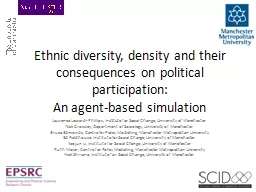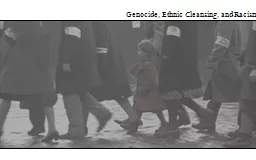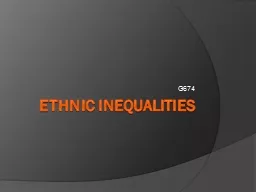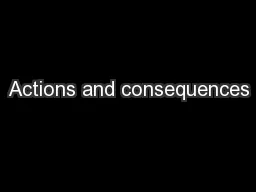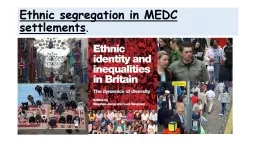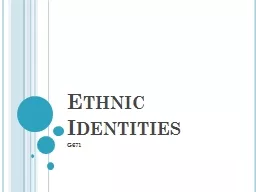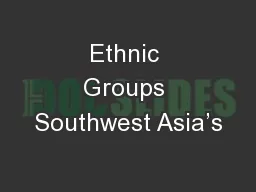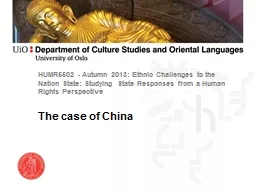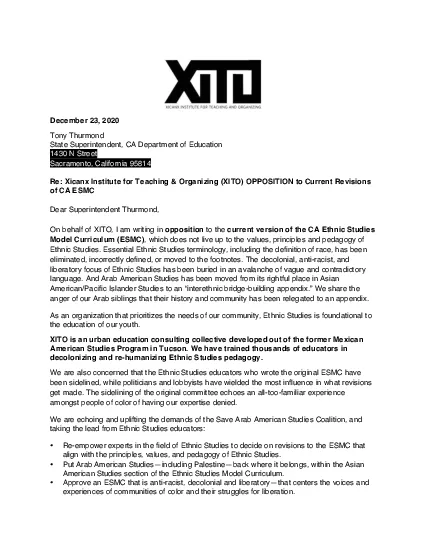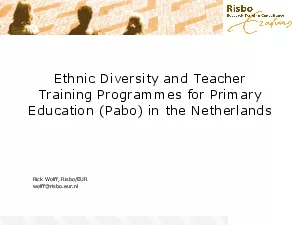PPT-Ethnic diversity, density and their consequences on politic
Author : aaron | Published Date : 2018-01-11
An agentbased simulation Laurence LessardPhillips Institute for Social Change University of Manchester Nick Crossley Department of Sociology University of Manchester
Presentation Embed Code
Download Presentation
Download Presentation The PPT/PDF document "Ethnic diversity, density and their cons..." is the property of its rightful owner. Permission is granted to download and print the materials on this website for personal, non-commercial use only, and to display it on your personal computer provided you do not modify the materials and that you retain all copyright notices contained in the materials. By downloading content from our website, you accept the terms of this agreement.
Ethnic diversity, density and their consequences on politic: Transcript
Download Rules Of Document
"Ethnic diversity, density and their consequences on politic"The content belongs to its owner. You may download and print it for personal use, without modification, and keep all copyright notices. By downloading, you agree to these terms.
Related Documents

